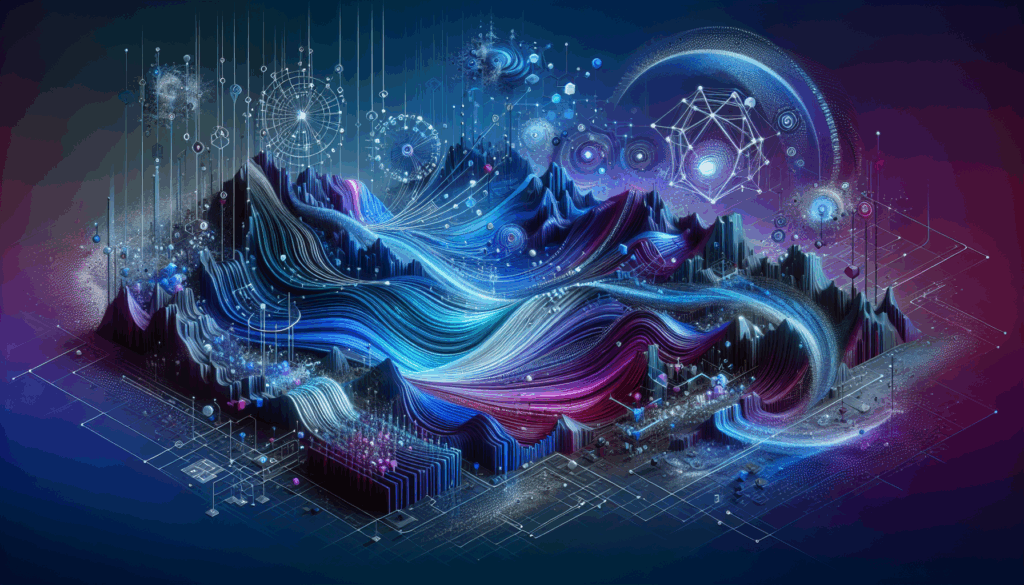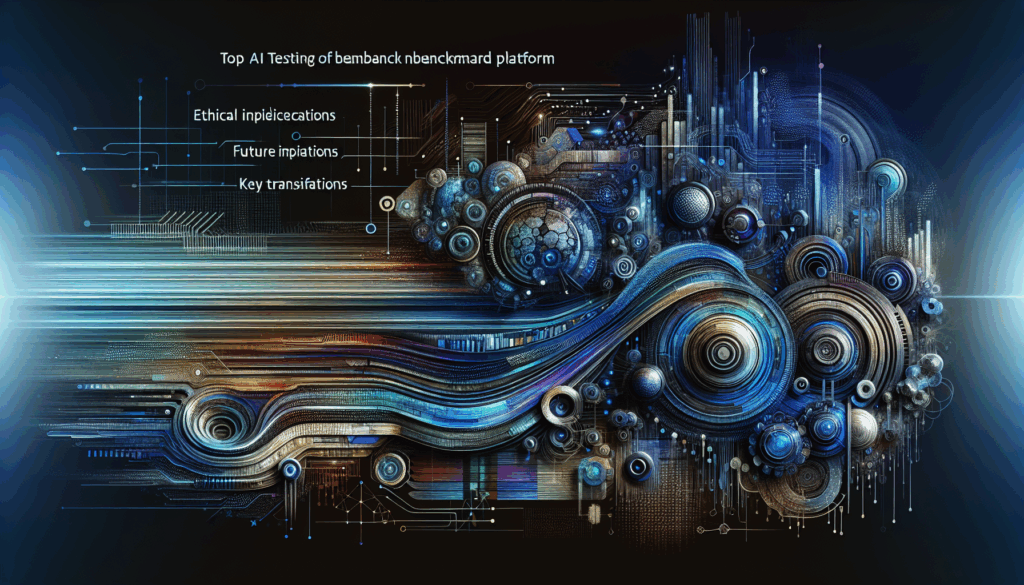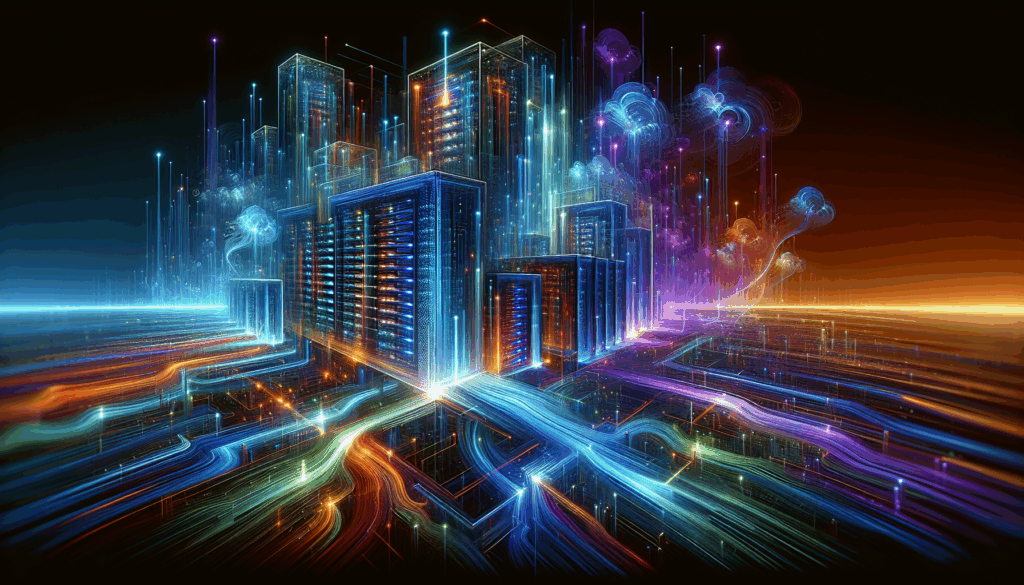=
How AI Automation is Transforming 3D Asset Creation: A Spotlight on Tencent’s Hunyuan3D-PolyGen
Introduction: The Rise of AI in Gaming and 3D Asset Creation
In the fast-evolving world of video game development, the demand for high-quality, intricate 3D assets has never been greater. These assets form the visual backbone of immersive gaming experiences, requiring painstaking detail and precision. Traditionally, creating such 3D models has been a labor-intensive endeavor involving expert artists and lengthy production cycles. Enter the transformative power of AI: specifically, AI 3D asset creation tools that promise to revolutionize how developers and artists approach this vital task.
AI is steadily becoming a cornerstone of game development AI, streamlining processes and enhancing creativity by automating routine 3D modeling tasks. Among these breakthroughs, Tencent's Hunyuan3D-PolyGen stands out as a pioneering AI technology designed to optimize 3D asset creation. By leveraging cutting-edge innovations in 3D modeling automation and AI in gaming, Tencent aims to empower game creators with tools that reduce development time while improving asset quality.
This educational article delves into how AI 3D asset creation is reshaping the game development landscape, highlighting the technical prowess and practical applications of Tencent’s Hunyuan3D-PolyGen model. We will explore the challenges this technology addresses, its innovative methodology, the tangible impacts reported from real-world use, and what the future holds for AI-driven 3D creation.
Background: Challenges in Traditional 3D Asset Creation
Before the era of AI-infused pipelines, 3D asset creation was a notoriously complex and time-consuming process. Game artists traditionally rely on manual modeling techniques using software like Maya, Blender, or 3ds Max, requiring deep expertise and countless hours to sculpt and texture each asset. This process often involves:
- High labor intensity: Artists must build intricate details polygon by polygon, which can slow down production.
- Preserving detail during compression: For use in games, large 3D models often need to be compressed or optimized, risking loss of fine details.
- Software and mesh compatibility: The variety of mesh types (triangular vs. quadrilateral faces) and file formats used among 3D tools creates workflow bottlenecks.
- Long iteration cycles: Fixing compatibility issues and refining models prolongs timelines, delaying overall project delivery.
These pain points affect studios of all sizes but hit smaller teams particularly hard due to limited resources. The need for innovation in game development AI and 3D modeling automation has become essential to improving productivity without compromising artistic quality.
AI-driven solutions can handle many of these routine and error-prone tasks by intelligently processing and generating 3D assets. This technological intervention heralds a paradigm shift where creativity is enhanced by intelligent automation, not hindered by technical constraints. As an analogy, consider AI like a skilled drafting assistant who rapidly handles repetitive sketches under the artist's guidance, allowing the artist to focus on the masterpiece itself.
Trend: Tencent's Hunyuan3D-PolyGen and Advances in AI 3D Asset Creation
Tencent’s Hunyuan3D-PolyGen represents a landmark in AI 3D asset creation through its innovative blend of technologies. At its core lies BPT technology (Bidirectional Prediction Transformer), which compresses vast 3D data sets without sacrificing critical detail — a significant advance over traditional compression methods. This technology allows the model to generate professional-grade 3D assets with tens of thousands of polygons, suitable for commercial-grade game production.
Key technical highlights include:
- Support for triangular and quadrilateral mesh faces: Ensures broad compatibility across different 3D modeling and game engine platforms, smoothing interoperability.
- Autoregressive mesh generation framework: Uses spatial inference based on vertex and patch modeling to produce coherent, high-fidelity meshes.
- Three-step mesh processing pipeline: Converts existing 3D meshes to an AI-readable language, generates mesh instructions using advanced natural language processing methodologies, then reconstructs detailed 3D models from these instructions.
- Reinforcement learning system: Mimics human feedback to refine output quality continuously, improving artifact detection and correction over time.
Integrated within Tencent’s broader Hunyuan 3D AI creation engine, this system is actively deployed in Tencent’s internal game studios, streamlining asset production workflows. The impact of AI in gaming here is twofold: routine, repetitive tasks are automated to free artists’ time, while also enhancing overall asset quality — a win for both efficiency and artistry.
For example, before Hunyuan3D-PolyGen’s adoption, a high-quality game asset might take weeks to perfect. Now, with AI assistance, artists can generate base meshes rapidly and focus on creative polishing, much like a photographer using AI-powered editing tools to fast-track photo enhancement.
Learn more about Tencent’s model and its technical foundations here.
Insight: Efficiency and Quality Gains Through AI-assisted 3D Modeling Automation
Tencent reports that implementation of Hunyuan3D-PolyGen technology within their game development studios has yielded efficiency gains exceeding 70% in 3D asset production. This is not simply a matter of faster output but improved consistency and working synergy between humans and AI.
Central to these gains is the model’s reinforcement learning approach. By continuously learning from feedback—akin to an apprentice artist guided by a mentor—the AI enhances its ability to recognize high-quality assets from poor ones, iterating towards excellence autonomously. This method mirrors how painters refine their techniques over time, guided by critique and practice.
Importantly, Hunyuan3D-PolyGen is designed to augment rather than replace human creativity. It frees artists from tedious mechanical steps, allowing them to dedicate more time to innovation, storytelling, and fine details that define immersive game worlds. This balanced collaboration also lowers barriers for smaller studios that previously struggled to produce art-grade 3D assets due to resource constraints.
By democratizing access to advanced 3D modeling tools, AI-powered solutions like Hunyuan3D-PolyGen are fostering more diverse and dynamic game development ecosystems. Overall, this approach is a model example of AI 3D asset creation elevating the entire industry.
Forecast: The Future of AI in Game Development and 3D Asset Creation
Looking ahead, the adoption of AI-driven 3D modeling automation tools is poised for substantial growth across the gaming industry. As models like Tencent’s Hunyuan3D-PolyGen continue to mature, several key trends and transformations are anticipated:
- Broader AI integration across game development pipelines: Beyond asset creation, AI will increasingly assist in animation, physics simulation, and automated testing.
- Shift in studio dynamics: Efficiency gains may lead to leaner teams, or empower smaller studios to compete at higher production quality.
- Cross-industry inspiration: Successes in gaming will encourage similar AI applications in animation, film, virtual reality, and metaverse content creation.
- Increased accessibility: User-friendly AI tools will enable non-specialists to generate professional-quality 3D assets, democratizing creation further.
- Innovation in AI-augmented creativity: Hybrid workflows blending human intuition with AI generative power will redefine artistic processes.
Ultimately, the continued evolution of game development AI promises to unlock unprecedented creative potential while optimizing the cost and time required to bring incredible virtual worlds to life. Tencent’s Hunyuan3D-PolyGen serves as a bellwether for how AI is transforming fundamental aspects of digital artistry and game production.
Call to Action: Embracing AI for Next-Level 3D Asset Creation
As AI 3D asset creation technologies like Tencent’s Hunyuan3D-PolyGen prove their value, game developers and studios of all sizes should actively explore integrating such tools into their design workflows. Embracing AI does not mean replacing artists but empowering them with intelligent assistants capable of accelerating production and elevating quality.
To get started:
- Explore resources: Dive into articles and technical whitepapers on Hunyuan3D-PolyGen and related AI in gaming innovations. This detailed overview provides a solid foundation.
- Stay informed: Follow AI automation trends within the gaming industry to understand emerging tools and best practices.
- Pilot AI tools: Run small-scale trials integrating AI-driven 3D asset creation to assess workflow impacts.
- Invest in upskilling: Train artists and developers to skillfully collaborate with AI-powered creative systems.
By proactively incorporating AI 3D asset creation technologies, studios can secure a competitive edge—boosting productivity and unshackling creative potential. The future of game development AI is bright, and with solutions like Hunyuan3D-PolyGen leading the charge, the boundaries of interactive worlds are set to expand like never before.
References & Further Reading:
- Tencent Hunyuan3D-PolyGen: A Model for Art-Grade 3D Assets. Artificial Intelligence News. https://www.artificialintelligence-news.com/news/tencent-hunyuan3d-polygen-a-model-for-art-grade-3d-assets/
Category: AI Automation



